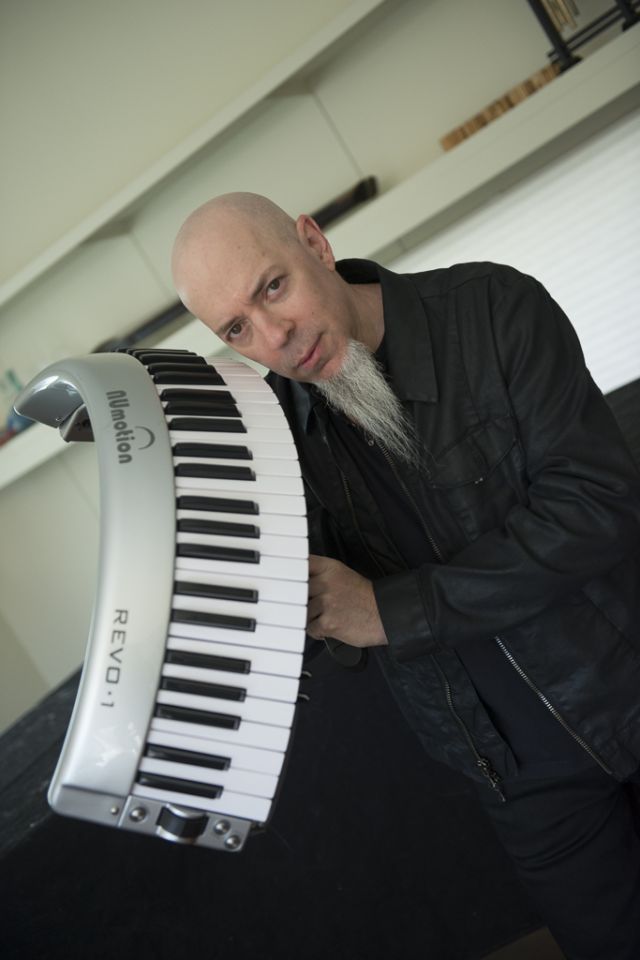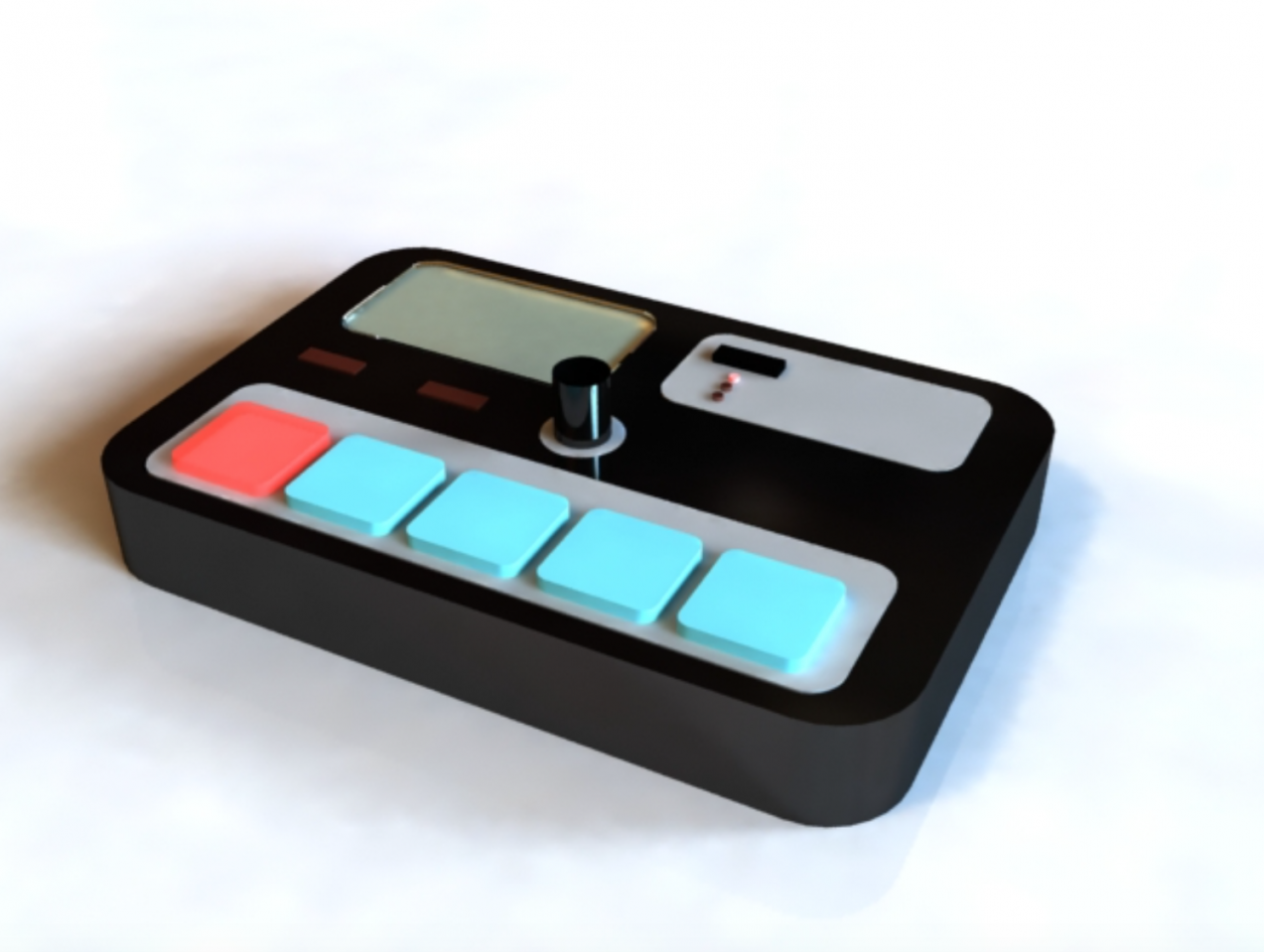MIDI Artist Interview with Jordan Rudess

WHEN DID YOU FIRST GET INVOLVED WITH MIDI?
That was so long ago. One of my first exposures to MIDI was the Hybrid Arts sequencer with an Atari computer, I have very fond memories of those days and somehow that older software seemed more stable then some software these days, maybe because today every program is trying to do so much.
My first keyboard was a MiniMoog synth, but of course that didn’t have MIDI.
The first time I used MIDI was when I bought a Seil keyboard and rack and took a 5 PIN Din cable and connected them together. It was like magic back then.
Where did you learn about MIDI ?
A Music Store in Maryland. I was there all the time playing on the latest gear.
My first experience doing sequencing with 4 Casio CZ101s MIDIed together. Iwas recreating Debussy and Bach on the Atari.
Then I moved on to MOTU Performer and a Roland D50. I wrote this big 20 minute prog rock piece and my goal was to use every feature in the DAW. I remember doing a lot copying and pasting of MIDI tracks, assigning different sounds and delay and detuning tracks or changing octaves.
How Does MIDI allow you to do what you do
MIDI has been with a huge part of everything I do in the studio. When I do any work in the studio even today I do it the MIDI space.
I still find that recording in MIDI is better because of the control being able to change velocities and tweak sounds after the fact. It’s much more flexible than audio.
Not to mention my work writing and orchestrating , I’ll get inspired and do 4 measure off the cuff and can then go back and look at it in notation. This helps me do the orchestration based on the MIDI notes.
One interesting thing about my work with MIDI was years back like all of us I was sending MIDI all around the room I remember getting up and going over to every synth, checking global pages and loading data. Steve Horelick from Non Linear Educating and Ask.Audio walks into my studio and says “Why are you doing that?How can you babysit all these keyboards.I just work in the virtual world.”So Steve introduced me to the world of virtual synths and now a lot of physical keyboard are not getting as much attention in the studio. A lot what I do in the studio is virtual. But I’m still using MIDI. I use MIDI more than ever going to virtual destinations. MIDI seems to adapt to the new ways people work.
But going into my Dream Theatre world where a lot is audio. My live life is different than my studio life.I have always tried to basically use one main keyboard which is a pretty unique approach in prog rock .Mostly live I am using MIDI for when I play the Seaboard, Continuum or the Zen Riffer keytar connected wirelessly by MIDI to my rack.
But that reminds me someone built a MIDI compass for changing the tilt of my mechanized keyboard stand. Let me see if I can find some documentation on that for you. (Later, Jordan sent us prototype designs of the MIDI compass product concept to share on the site)
Jordan has always been into experimenting with unique and different controllers like the NuMotion curved keyboard pictured below.
In this next clip, Jordan uses the AXIS 64 which has a unique Harmonic Table note arrangement. There are 192 keys, so it’s like having three 64-note keyboards all in one.
Jordan uses the Continuum with Dream Theatre to show off its expressive capabilities.
Jordan doesn’t stick to just keyboards either. It’s hard to say exactly what the Eigenharp is, but it definitely is not a keyboard!
All these controllers have something in common which is very important which is to have independent control on every note. Trying to bring it all together.I have been using it for years now even early on with prototypes of MorphWiz MIDI.
MIDI carries on to my work with my app-Geoshred.by Jordan Rudess
MPE (Multidimensional Polyphonic Expression) which allows for per note control is something I am really excited about and glad the MIDI Association is working on standardizing because I have been using that a lot.
by Jordan Rudess







